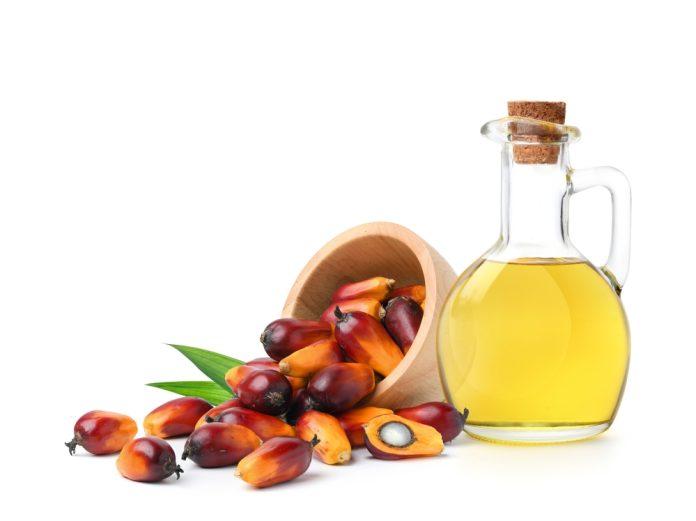Introduction
The commodity market is a dynamic and multifaceted landscape where traders, investors, and businesses engage in buying and selling various raw materials and products. Among the many commodities traded in this vast market, palm oil stands out as one of the most versatile and widely used. The price of palm oil is a topic of continuous interest due to its significant impact on global industries, including food, biofuels, and cosmetics. In this comprehensive guide, we will explore the complex dynamics that influence palm oil prices in the commodity market and delve into the forecasts that attempt to predict its future movements.
The Versatility of Palm Oil
Palm oil, derived from the fruit of the oil palm tree, has earned the moniker “the world’s most popular edible oil.” Its versatility is unrivaled, as it finds applications in various sectors:
- Food Industry: Palm oil is a key ingredient in countless food products, from cooking oils and margarine to baked goods and snacks.
- Biofuel Sector: In recent years, palm oil has gained traction as a feedstock for biofuels, touted as an eco-friendly alternative to fossil fuels.
- Cosmetics and Personal Care: Palm oil and its derivatives are essential components in cosmetics, soaps, and skincare products due to their unique properties.
- Industrial Use: The industrial sector employs palm oil in a range of applications, including lubricants and manufacturing processes.
The Dynamics of Palm Oil Prices
The price of palm oil is influenced by a multitude of factors, creating a complex web of interactions. Understanding these dynamics is crucial for market participants:
- Global Supply and Demand: The fundamental law of supply and demand plays a dominant role in palm oil pricing. Increases in demand or disruptions in supply can lead to price fluctuations.
- Weather Conditions: Palm oil production is highly sensitive to weather events, such as El Niño and La Niña, which can impact crop yields.
- Economic Factors: Macroeconomic indicators like GDP growth, inflation rates, and consumer spending can influence palm oil consumption.
- Trade Policies: Import and export regulations, tariffs, and trade agreements between palm oil-producing and consuming countries can have a direct impact on prices.
- Environmental Concerns: Growing concerns about deforestation, wildlife habitat loss, and sustainability have led to changes in palm oil production practices and trade restrictions.
The Role of Forecasting
Given the volatility of palm oil prices, accurate forecasting is a valuable tool for market participants. Several methodologies are employed to predict the future movements of palm oil prices:
- Fundamental Analysis: This approach considers supply and demand dynamics, economic indicators, and geopolitical factors to forecast prices.
- Technical Analysis: Technical analysts rely on historical price charts, patterns, and trading volumes to predict future price movements.
- Sentiment Analysis: This method gauges market sentiment and investor behavior to forecast price trends.
- Machine Learning and AI: Advanced algorithms analyze vast datasets to uncover patterns and make price predictions.
The Palm Oil Price Forecast
Forecasting palm oil prices is both an art and a science. Market analysts and experts continually provide forecasts, offering their perspectives on where prices may be headed. These forecasts are valuable tools for traders, investors, and businesses looking to make informed decisions. However, it’s important to note that no forecast is foolproof, and palm oil prices can be influenced by unexpected events and developments.
Conclusion: Navigating the Palm Oil Price Maze
Palm oil’s versatility and widespread use ensure that its prices will remain of paramount importance in the global commodity market. The multifaceted nature of palm oil pricing, driven by supply and demand dynamics, economic factors, and environmental concerns, makes it a challenging yet intriguing market to follow.
As the world grapples with issues such as sustainability and responsible sourcing, the future of palm oil prices remains uncertain. However, for those navigating this complex market, a combination of in-depth research, an understanding of forecasting methodologies, and risk management strategies can help mitigate uncertainties and make informed decisions.
In a world where commodities play an increasingly vital role in our daily lives, palm oil prices will continue to be a topic of conversation and analysis for years to come.
